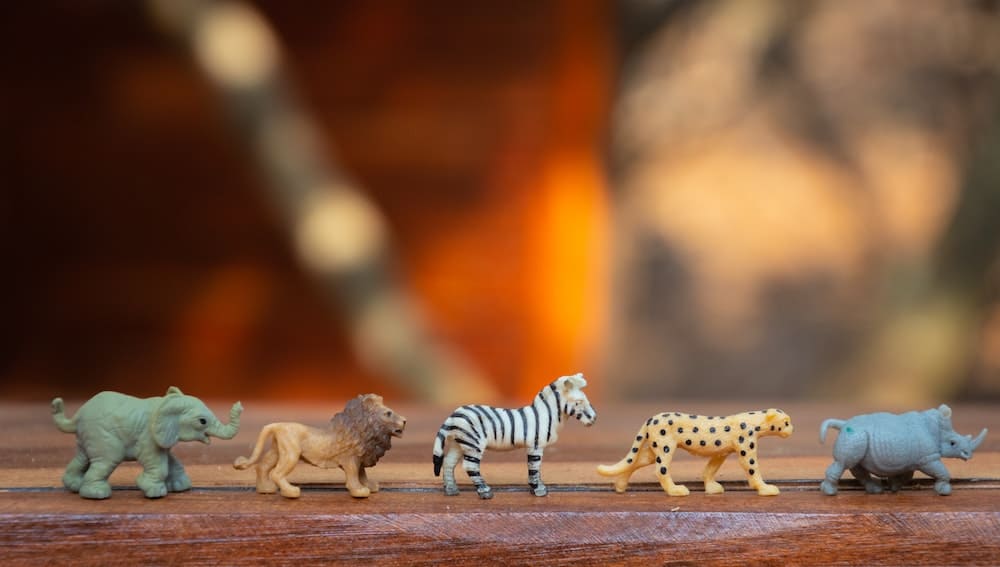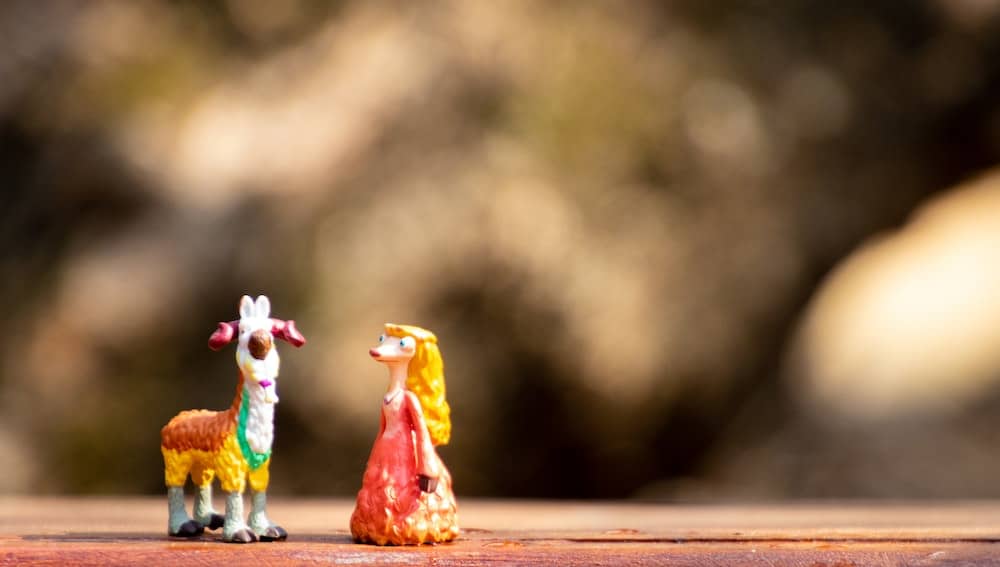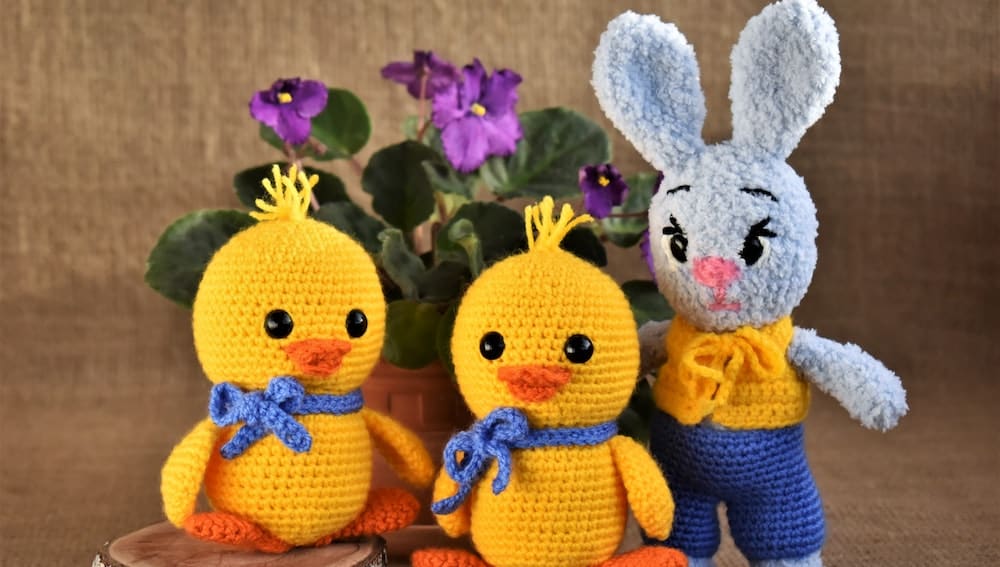Many people have a collection of old stuffed animals that they no longer use or need. Whether they are taking up space in a closet or gathering dust on a shelf, it’s time to consider what to do with them.
Fortunately, there are many options for dealing with old stuffed animals, from donating them to repurposing them in creative ways.
Understanding the value of old stuffed animals is an important first step in deciding what to do with them.
While some may see them as clutter or junk, others recognize the sentimental value they hold. Stuffed animals can carry memories of childhood, loved ones, or special occasions.
Additionally, they can provide comfort and companionship to those in need, such as children in hospitals or individuals experiencing trauma.
Key Takeaways
- Old stuffed animals hold sentimental value and can provide comfort to those in need.
- Donating stuffed animals to organizations can benefit both the recipient and the donor.
- Repurposing stuffed animals in creative ways can give them new life and purpose.
Understanding the Value of Old Stuffed Animals
Old stuffed animals can hold a lot of sentimental value for many people. They may have been a cherished childhood toy or a gift from a loved one.
However, it can be difficult to know what to do with them when they are no longer needed. Understanding the value of old stuffed animals can help you make a decision on what to do with them.
Firstly, it is important to note that not all old stuffed animals have monetary value. While some rare or vintage stuffed animals can fetch a high price at auction, most old stuffed animals are not worth much in terms of money.
However, they may still hold value in terms of memories and sentimental attachment.
When deciding what to do with old stuffed animals, it is important to consider their condition. If they are in good condition, they may be suitable for donation to a children’s hospital or charity.
However, if they are in poor condition, it may be best to dispose of them in an environmentally friendly way.
Another option for old stuffed animals is to repurpose them. They can be turned into a unique piece of art or used as a decorative item in the home. Some people also choose to keep old stuffed animals as part of a collection.
Overall, the value of old stuffed animals is subjective and varies from person to person. While they may not hold monetary value, they can hold sentimental value and memories that are priceless.
Preparing Stuffed Animals for Donation
When it comes to donating stuffed animals, it’s important to ensure that they are clean and in good condition.
Here are some tips for preparing stuffed animals for donation.
Cleaning Stuffed Animals
Before donating stuffed animals, it’s important to clean them thoroughly. This not only ensures that they are hygienic but also makes them more appealing to potential recipients.
Here are some ways to clean stuffed animals:
- Wash: If the stuffed animal is machine-washable, wash it in cold water on a gentle cycle. Use a mild detergent and avoid using bleach or fabric softener. After washing, allow the stuffed animal to air dry.
- Spot Clean: If the stuffed animal is not machine-washable, spot clean it using a damp cloth and mild soap. Gently rub the cloth over the surface of the stuffed animal, being careful not to damage any delicate parts. Allow the stuffed animal to air dry.
- Decluttering: If the stuffed animal has any loose threads or stuffing, trim them with scissors. This not only makes the stuffed animal look neater but also reduces the risk of any parts falling off during transportation or use.
- Dust Mites: To get rid of any dust mites, place the stuffed animal in a plastic bag and freeze it for 24 hours. This kills any dust mites and their eggs.
Packing Stuffed Animals
Once the stuffed animals are clean, it’s important to pack them properly to ensure that they arrive at their destination in good condition.
Here are some tips for packing stuffed animals:
- Wrap: Wrap each stuffed animal in tissue paper or bubble wrap to protect it from damage during transportation.
- Box: Place the wrapped stuffed animals in a sturdy cardboard box. Make sure that the box is not too big or too small for the stuffed animals and that there is enough packing material to prevent them from moving around during transportation.
- Label: Label the box clearly with the name of the organization you are donating to and your contact information. This ensures that the stuffed animals are delivered to the correct destination and that the organization can thank you for your donation.
By following these tips, you can ensure that your donated stuffed animals are clean, in good condition, and ready to bring joy to their new owners.
Places to Donate Stuffed Animals
If you’re looking to donate your old stuffed animals, there are plenty of places that would be happy to take them off your hands. Here are some options to consider:
Charity Organizations
Charity organizations are a great place to donate your stuffed animals. These organizations often distribute toys to children in need, and your donation could help bring a smile to a child’s face. Some popular charity organizations that accept stuffed animal donations include:
- Salvation Army
- Goodwill
- Toys for Tots
Local Shelters and Social Services
Local shelters and social services organizations may also accept stuffed animal donations. These organizations may distribute the toys to children in need, or use them to help comfort individuals who are going through a difficult time.
If you’re not sure where to donate in your area, Donation Town is a great resource for finding local charities that accept stuffed animals.
Educational Institutions
Educational institutions such as preschools and daycares may also be interested in your stuffed animal donation. These organizations often use stuffed animals as teaching tools, and your donation could help enhance a child’s learning experience.
Additionally, libraries may also accept stuffed animal donations for use in their children’s programs.
Healthcare Facilities
Hospitals and healthcare facilities may also accept stuffed animal donations. These organizations often use stuffed animals to comfort children who are undergoing medical procedures or staying in the hospital.
The Ronald McDonald House is a popular organization that accepts stuffed animal donations for this purpose. Additionally, pet shelters may also accept stuffed animal donations for use in their animal enrichment programs.
Overall, there are many places to donate your old stuffed animals, and your donation could make a big difference in someone’s life.
Repurposing Stuffed Animals
Stuffed animals are often cherished possessions that hold sentimental value. However, over time, they can accumulate and take up valuable space. Instead of throwing them away, consider repurposing them into something new and useful.
Home Decor and Storage
Stuffed animals can be used as unique and whimsical home decor. They can be repurposed into decorative pillows, adding a cozy touch to any room. Simply remove the stuffing and replace it with a pillow insert. Stuffed animals can also be used as storage solutions.
A teddy bear backpack, for example, can be used to store children’s toys or as a quirky alternative to a traditional backpack.
Crafts and DIY Projects
Stuffed animals can be repurposed into a variety of crafts and DIY projects. They can be transformed into cushions for chairs or benches, adding a pop of color and comfort to any seating area.
Stuffed animals can also be used to create unique and personalized gifts, such as a stuffed animal photo album or a stuffed animal wreath.
When repurposing stuffed animals, it is important to consider their condition and cleanliness. If the stuffed animal is dirty or damaged, it may not be suitable for repurposing.
However, with a little creativity and some basic crafting skills, old stuffed animals can be transformed into something new and useful.
Selling and Swapping Stuffed Animals
Garage Sales
Garage sales are a great way to sell or swap old stuffed animals. People often go to garage sales looking for unique items at a low price. To make the most of your garage sale, set the stuffed animals up in an attractive display and price them reasonably. Be prepared to negotiate with potential buyers.
Online Swap Groups
Online swap groups are another option for selling or swapping old stuffed animals. These groups are often organized by location, making it easy to connect with people in your area. Some popular online swap groups include Facebook Marketplace, Craigslist, and Buy Nothing groups.
When posting your stuffed animals for sale or swap, be sure to include clear photos and a detailed description. It’s also important to agree on a fair price or trade before making the exchange.
Whether you choose to sell or swap your old stuffed animals, it’s important to find the right platform to connect with potential buyers or swappers.
By taking advantage of garage sales and online swap groups, you can give your old stuffed animals a new life while also making some extra cash or finding new treasures to add to your collection.
Recycling and Disposing Stuffed Animals
Recycling Programs
When it comes to recycling stuffed animals, there are a few options available. The first option is to check with your local recycling program to see if they accept stuffed animals. Some recycling programs accept stuffed animals made of certain materials, such as polyester or acrylic.
If your local program doesn’t accept stuffed animals, you can look for other programs that do. One such program is Terracycle, which offers a stuffed animal recycling program.
Terracycle’s stuffed animal recycling program accepts all types of stuffed animals, regardless of their condition.
The program works by collecting the stuffed animals and then separating them into different components, such as plastic and fabric. These components are then recycled or repurposed.
Proper Disposal Methods
If you can’t find a recycling program that accepts stuffed animals, you may need to dispose of them in the trash. However, it’s important to dispose of them properly to minimize their impact on the environment.
When disposing of stuffed animals in the trash, it’s best to remove any batteries or electronic components first. These items should be disposed of separately, as they can be hazardous.
It’s also a good idea to place the stuffed animal in a plastic bag before putting it in the trash. This will help contain any loose stuffing or other materials that may come out during transport to the landfill.
Keep in mind that stuffed animals take up space in landfills and do not decompose quickly. So, it’s important to consider recycling or repurposing options before disposing of them in the trash.
Overall, recycling or repurposing stuffed animals is the best option for minimizing their impact on the environment. However, if these options are not available, proper disposal methods should be followed to reduce their impact on the environment.
Related Posts:
Frequently Asked Questions
Where can I donate my old stuffed animals?
There are several places where you can donate your old stuffed animals. Some popular options include local charities, hospitals, and shelters. You can also consider donating to organizations that specifically focus on providing stuffed animals to children in need, such as the Teddy Bear Brigade.
What are safe stuffed animals for babies?
When choosing stuffed animals for babies, it is important to consider safety. Look for stuffed animals that are made with non-toxic materials and do not have any small parts that could be a choking hazard.
Additionally, make sure the stuffed animal is washable and does not have any loose threads or seams that could come apart.
How can I store my old stuffed animals?
If you want to store your old stuffed animals, it is important to keep them in a dry, cool place to prevent mold and mildew. You can store them in plastic containers or vacuum-sealed bags to protect them from dust and pests. Avoid storing stuffed animals in direct sunlight or in areas with high humidity.
Are there organizations that accept donations of stuffed animals for emergencies?
Yes, there are several organizations that accept donations of stuffed animals for emergencies. These organizations provide stuffed animals to children who have experienced trauma or are in crisis situations. Some examples include Operation Smile, Project Smile, and the Marine Toys for Tots Foundation.
Can I donate stuffed animals to police departments?
Many police departments accept donations of stuffed animals to give to children in need. Contact your local police department to see if they accept donations and what their specific requirements may be.
What should I do with old sentimental stuffed animals?
If you have old sentimental stuffed animals that you no longer want to keep, consider passing them down to family members or friends. You can also consider donating them to a local charity or shelter.
If you are not ready to part with them, consider storing them in a memory box or displaying them in your home.

Iesha is a loving mother of 2 beautiful children. She’s an active parent who enjoys indoor and outdoor adventures with her family. Her mission is to share practical and realistic parenting advice to help the parenting community becoming stronger.



